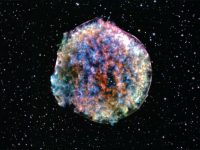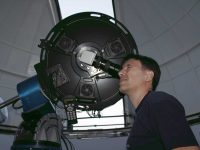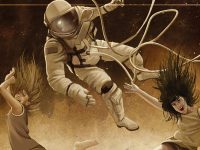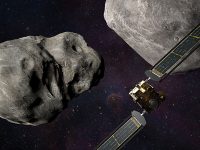
Anguish, stress, fear of breaking the changing rules that try to stop the spread of the virus. Staying at home while the seasons go by without the opportunity to enjoy them to the full. The pandemic has changed the way we live. Crowds and gatherings are no longer advisable and we must avoid activities far from home. Our usual activities have been eliminated.
From home, the night sky and celestial phenomena have no one to look at them. The street lights prevent us from gazing at their wonders, and it is not possible to take out the telescope in search of that peculiar nebula.
In the strictest confinement at the beginning of April 2020, the goddess Venus decided to cross between the cluster of the seven beautiful Pleiades sisters to protect them from the harassing Orion. An infrequent phenomenon that very well deserved us trying to get a beautiful picture. Too bad! During confinement time, there was another requirement: we needed a window facing west. Then, for only a few minutes, the kitchen window allowed us a good glance at the desired image. The camera, stable on a makeshift tripod, was able to capture the planet over the cluster as it approached the roof railing. A small success in a month of misery.
Fortunately, the summer, which was already drawing to a close, was milder. Outings to admire the night sky blossomed again; popular observations – with precautions, of course – were revived. It was then that the universe treated us to the visit of comet C/2020 F3 (Neowise) and we marvelled at the sight of it before sunrise. A relic from the ancient times of the solar system. With no movement restrictions, we were able to see it from dark places, and everyone who wished to admired the two tails, one curved and of a dense yellowish dust, the other bluish, ethereal, and straight. A great comet, the like of which had not been seen for years.
The nights spent in Tinença de Benifassà showed us the Milky Way against a very black sky. The little villages had little light and a few steps away from the houses the universe was presented to us, as beautiful as it is, immense, even dizzying. The crescent moon, the planets Jupiter and Saturn, the ring nebula in Lyra, the M13 globular cluster in Hercules were eagerly devoured by the eyes of an enthusiastic public, properly separated around the telescope.
«From home, the night sky and celestial phenomena have no one to look at them»
But in autumn the second wave of the pandemic disrupted society again and a lot of cultural activities were cancelled. The popularisation of astronomy, usually in the evening hours, also had to be confined. No more talks in front of a telescope; forget about spending the night in the open to admire the winter constellations, while the Leonid meteor shower decorates the morning sky.
The discouragement grows among popularisers, now without the contact with the public who, in awe, would have been able to see, perhaps for the first time, the rings of Saturn or the desert plains of Mars. Only this planet gave us some joy at the end of the year, so bright in these months of proximity to the Earth; from the balcony, even a small telescope allowed us to admire its surface.
Isaac Newton, one of the clearest minds of the 17th century, could have given us advice on how best to spend this uncertain time. No sooner had he graduated than the plague epidemic of 1665 forced the closure of Cambridge University. Secluded on the family farm at Woolsthorpe Manor, he developed the work that would make him famous: differential calculus, the decomposition of sunlight into colours. He also started to think about the law of universal gravitation. However, with his surly and unpleasant character, he would probably say to us: you’ll figure it out!




